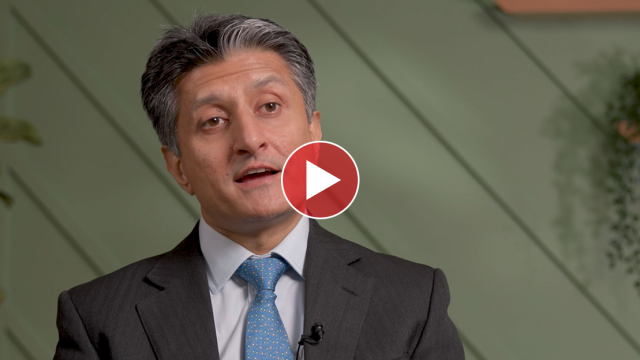Investment Trusts
The freedom to live well
Investing for the future – actively, expertly and diligently
Janus Henderson Investment Trusts are designed to address a range of investor needs. Our fund managers aim to build and grow the value of your investment, for today and tomorrow, giving you the freedom to live well.
The nine trusts actively invest in companies in the UK and further afield, drawing on the knowledge of Janus Henderson Investors’ experts around the world. With roots that date back to 1888, our trusts invest with a genuinely long-term view.
Find your ideal investment mix, with trusts that focus on providing income, growing your investment, or a combination of both.
Explore your investment options
Investing for income
Select income to aim for reliable, growing dividends. This may apply to you if your goal is to achieve an income stream from your investments, for example to help fund your retirement.
Investing for capital growth
Select growth to aim for steady growth in your initial investment over the medium to long term. This may apply to you if your goal is to provide an investment pot that can be used for early retirement, property purchase or saving for children.
Investing for income & growth
Select trusts that aim to deliver both income and growth, for a balanced approach that combines these investment objectives.
Choose your trust – for income, growth, or both
The Bankers Investment Trust PLC
BNKR invests in around 100 bright ideas globally, aiming to provide investment growth and inflation-beating income over time.
The City of London Investment Trust plc
CTY invests primarily in leading businesses listed on the London Stock Exchange with the aim of offering investment and dividend growth. The trust has a 58-year record of raising its dividend.
The European Smaller Companies Trust PLC
ESCT aims to offer investors access to Europe's cutting-edge smaller companies. The trust's goal is to produce investment growth over the long term.
Henderson European Trust plc
HET aims to invest in global champions listed in Europe, with the goal of maximising total return. The fund managers seek out pioneering companies that are leaders in their field.
Henderson Far East Income Limited
HFEL aims to benefit from the growing opportunity to receive dividends from businesses across the Asia-Pacific region. The trust's goal is to offer investors capital and income growth.
Henderson High Income Trust plc
HHI aims to make diversified income investing accessible. By blending primarily UK equities and bonds, the trust seeks to provide a dependable source of income alongside investment growth.
The Henderson Smaller Companies Investment Trust plc
HSL aims to help investors benefit from often overlooked and underappreciated smaller UK companies. A rigorous approach seeks to uncover opportunities at a reasonable price.
Lowland Investment Company plc
LWI invests in a broad blend of large, medium, and small UK businesses with the aim of growing capital and income for its investors.
The North American Income Trust plc
NAIT seeks to provide investors with above average dividend income and long-term capital growth through active management of a portfolio consisting predominantly of S&P 500 US equities.
Henderson International Income Trust plc
On 28 May 2025, the shareholders of Henderson International Income Trust plc (the “Company”) approved the members’ voluntary liquidation of the Company.
For more information and a list of FAQs, please visit Henderson International Income Trust plc
Henderson Opportunities Trust plc
On 14 March 2025, the shareholders of Henderson Opportunities Trust plc (the “Company”) approved the members’ voluntary liquidation of the Company.
For more information and a list of FAQs, please visit Henderson Opportunities Trust plc
Henderson EuroTrust plc
On 4 July 2024, the combination with Henderson European Focus Trust plc became effective and the members approved the voluntary winding up of the Company.
For more information and a list of FAQs, please visit Henderson EuroTrust plc.
Henderson Diversified Income Trust plc
On 16 January 2024, the scheme of reconstruction became effective and the members approved the voluntary winding up of the Company.
For more information and a list of FAQs, please visit Henderson Diversified Income Trust plc.





